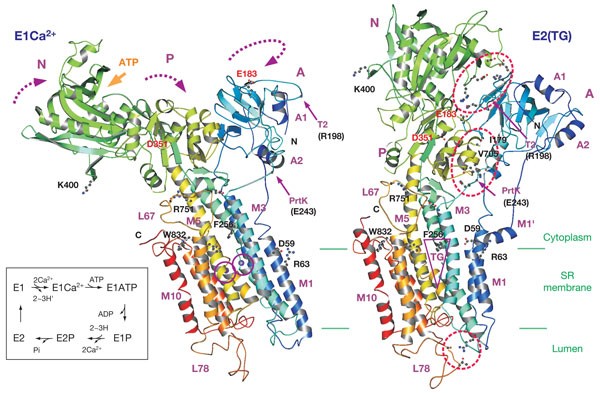

In the case of integral membrane proteins, there are at least two additional motivations for the prospective designer. Exciting innovations in the field take advantage of new enabling technologies such as gene synthesis, automation and recombinant engineering as well as the improved accessibility, lower cost and greater sophistication of established techniques including peptide synthesis, mass spectrometry, NMR and computation. De novo design allows us to survey the full scope of protein sequence and structural space, and to see whether artificial constructs could replace natural proteins or have useful non-natural functions. Hence there are a large number of protein sequences (and by extension, structures and functions) that have never yet occurred in the natural world. Another motivation for the designer is that natural selection has not had sufficient time to sample every possible combination of amino acids. Building simplified model proteins can, therefore, be a useful way to cut through this complexity and understand the fundamental connections between sequence, structure and function. Natural proteins are intricate and complex, which can obscure the core physical principles underlying their structure and function. We do not intend to reproduce these arguments in full here, but they can be broadly and briefly summed up as follows. The motivations for membrane protein design are much the same as those put forward for ‘water-soluble’ proteins, which have recently been discussed in several excellent reviews and perspectives.


 0 kommentar(er)
0 kommentar(er)
